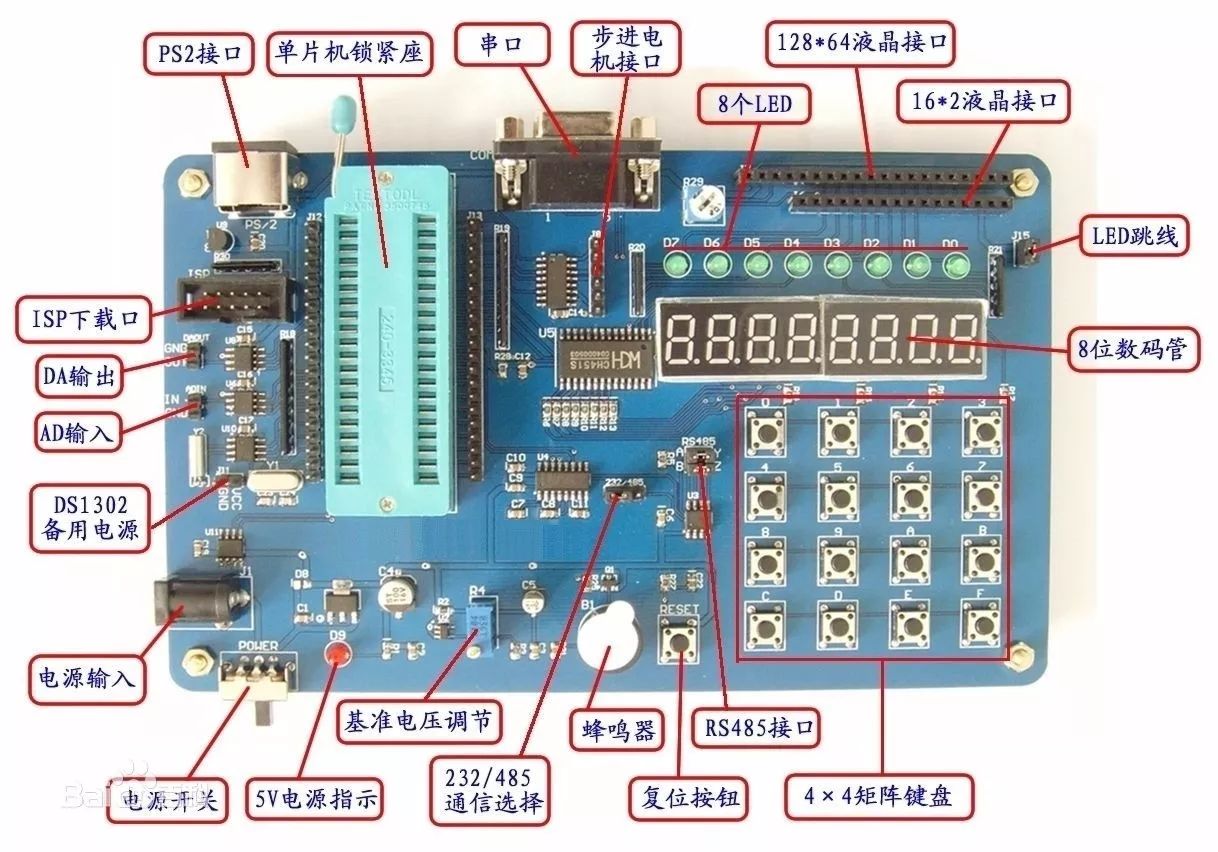What happens to the microcontroller without the crystal oscillator?
A microcontroller, or MCU, is essentially a small computer system designed to perform specific tasks within embedded systems. While it contains components similar to those found in a full-sized computer—such as a CPU, memory, and buses—the performance of these components is significantly reduced. This makes MCUs more affordable and suitable for controlling simple devices like appliances, sensors, and automation systems. As a core element in electronic control systems, the MCU plays a crucial role in managing and executing instructions efficiently.
One essential component of an MCU is the crystal oscillator. The crystal oscillator provides the clock signal that synchronizes all internal operations of the microcontroller. The frequency of this clock determines how fast the MCU can process instructions. Without a functioning crystal oscillator, the microcontroller cannot operate, as it relies entirely on the clock signal to execute programs step by step. In many systems, a single crystal is shared among various parts to ensure synchronization. Some advanced systems may use different crystals for different frequencies, such as a base frequency and an RF frequency, with the help of phase-locked loops (PLLs) to maintain stability and accuracy.
The importance of the crystal oscillator goes beyond just starting the system. It defines the machine cycle, which is the fundamental time unit used for instruction execution, timer operations, and counter functions. For example, if an MCU uses a 12 MHz crystal, each clock cycle lasts 1/12 of a microsecond, and one machine cycle consists of 12 of these cycles, totaling 1 microsecond. This timing mechanism is critical for accurate control and measurement in applications such as timers, counters, and communication protocols.

Like any electronic device, microcontrollers can experience issues over time. Problems might range from minor glitches like dust accumulation to more serious failures such as damaged components. If your MCU fails to start, it doesn’t necessarily mean it’s broken. Often, the issue could be with the crystal oscillator. To check if the crystal is working, you can use a multimeter to measure the voltage across its two pins. For example, if the MCU operates at 5V, the measured voltage should be approximately 2.5V. Additionally, if you touch one of the pins with a pair of tweezers and observe a significant voltage change, it indicates that the crystal is oscillating. If not, the crystal is likely faulty and needs to be replaced.
Understanding how to diagnose and fix common issues like a failed crystal oscillator can save time and money. It’s always worth checking the basics before assuming the entire microcontroller is defective. With a little knowledge and the right tools, many problems can be resolved quickly and easily.
Magnetic Switch,Magnetic Reed Switch,Magnetic Door Switch,Magnetic Contact Switch
NINGBO SANCO ELECTRONICS CO., LTD. , https://www.sancobuzzer.com